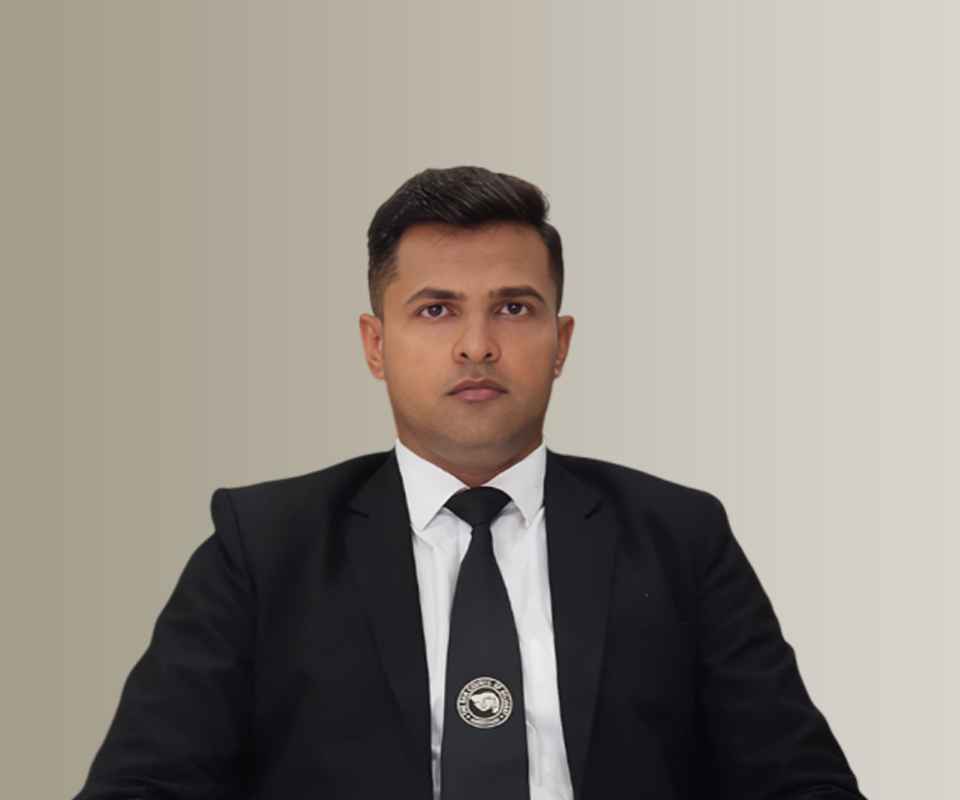Answer By law4u team
Money laundering is the process of concealing the origins of illegally obtained money, typically by means of transfers involving foreign banks or legitimate businesses. The primary goal of money laundering is to make the illicit gains appear as though they come from legal sources, thus allowing criminals to enjoy their profits without attracting law enforcement scrutiny. It is a financial crime that poses a significant threat to economies and financial systems worldwide. Prosecuting money laundering involves a combination of legal measures, investigative tools, and international cooperation to track and halt these illegal activities.
What Is Money Laundering, and How Is It Prosecuted?
1. Understanding Money Laundering
Money laundering typically involves three key stages:
- Placement: This is the initial stage, where the illicit funds are introduced into the financial system. This could involve depositing large amounts of cash into banks, purchasing assets, or moving money into foreign accounts.
- Layering: In this phase, the criminal seeks to obscure the origin of the funds by making complex financial transactions. These can include wire transfers, buying and selling assets, or converting the money into different currencies.
- Integration: Finally, the laundered money is reintegrated into the legitimate economy, where it appears to come from lawful sources. This could include purchasing high-value assets like real estate or luxury goods, or investing in businesses.
Example: A drug trafficker who earns money from illegal drug sales deposits large sums of cash in a bank, then transfers it through various accounts or buys expensive goods before ultimately investing the money in a legitimate business to make it appear lawful.
2. Money Laundering Laws and Regulations
Money laundering is a serious crime and is prohibited under national and international laws. In many countries, financial institutions and businesses are required to establish Anti-Money Laundering (AML) programs to detect and report suspicious activities.
The Financial Action Task Force (FATF) is an international body that sets global standards for combating money laundering. Many countries have enacted laws in line with FATF recommendations to prosecute money laundering.
Example: In the United States, The Bank Secrecy Act (BSA) and the USA PATRIOT Act require financial institutions to report suspicious activities, maintain records, and implement AML measures.
3. Investigating Money Laundering
Detection:
Investigations typically begin when financial institutions, government agencies, or other entities identify suspicious transactions. This could include large, unexplained deposits, sudden transfers to foreign countries, or transactions involving high-risk jurisdictions.
Monitoring:
Regulatory bodies such as the Financial Crimes Enforcement Network (FinCEN) in the U.S. work with banks and other financial institutions to monitor suspicious activities. Financial institutions are legally required to file Suspicious Activity Reports (SARs) when they detect potentially illegal financial behavior.
Example: A bank may flag an account for suspicious activity after noticing large wire transfers to offshore accounts. The bank files an SAR, prompting an investigation by the authorities.
4. Prosecuting Money Laundering
Criminal Charges:
Once sufficient evidence is gathered, prosecutors can charge individuals or organizations with money laundering. Charges may involve crimes such as fraud, tax evasion, or racketeering, as money laundering is often linked to other criminal activities.
Penalties:
The penalties for money laundering can be severe, including heavy fines and lengthy prison sentences. For example, in the U.S., money laundering is a felony, and offenders can face up to 20 years in prison and significant financial penalties.
Forfeiture of Assets:
Convicted individuals or organizations may be required to forfeit assets acquired with laundered money, including real estate, vehicles, or luxury goods.
Example: A corporation involved in money laundering activities can face substantial fines and be forced to forfeit profits made from illicit transactions. Key individuals in the company may also face prison sentences for their role in laundering funds.
5. International Cooperation
Money laundering often involves international transactions, and criminals may use multiple countries' banking systems to launder money. This makes international cooperation essential for successfully investigating and prosecuting money laundering.
Organizations like Interpol, FATF, and Europol facilitate cross-border collaboration in tracking illicit financial transactions and gathering evidence across multiple jurisdictions.
Example: A criminal syndicate in one country might use shell companies in another to launder money. International law enforcement agencies work together to trace and seize the illicit funds across borders.
6. Challenges in Prosecuting Money Laundering
Complexity of Financial Transactions:
Money laundering schemes can be highly complex, involving numerous transactions designed to conceal the original source of funds. Investigators need to track a variety of financial activities, such as bank deposits, wire transfers, and asset purchases, often across multiple jurisdictions.
International Laws:
Different countries may have varying laws and regulations regarding money laundering, and legal differences can complicate prosecution. Successful prosecution often requires navigating different legal systems and coordinating evidence from various countries.
Example: A suspect involved in money laundering might have laundered funds through multiple foreign banks with different privacy laws, making it difficult for investigators to trace the money without international cooperation.
7. Case Example:
Example of Money Laundering Prosecution: In 2012, a major money laundering scheme involving a drug cartel was uncovered. The cartel used a network of shell companies and foreign banks to launder the proceeds from illegal drug trafficking. Through extensive financial investigations, authorities tracked the flow of funds from the cartel to various international bank accounts. The individuals involved were charged with money laundering, racketeering, and conspiracy. They faced long prison sentences, and the cartel’s assets were seized under forfeiture laws.
Conclusion:
Money laundering is a serious financial crime that involves a process of disguising illicit funds to make them appear legitimate. The prosecution of money laundering involves multiple stages, including the detection of suspicious transactions, investigation, gathering evidence, and eventually charging the offenders under national and international laws. Successful prosecution relies on robust AML programs, international cooperation, and effective law enforcement. The penalties for money laundering can be severe, including significant fines and lengthy prison terms, making it a critical issue for global financial security and stability.







